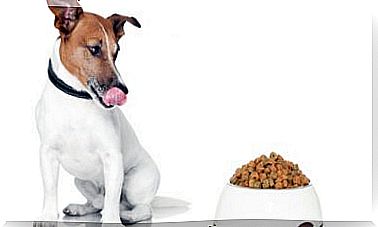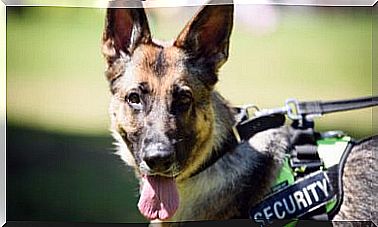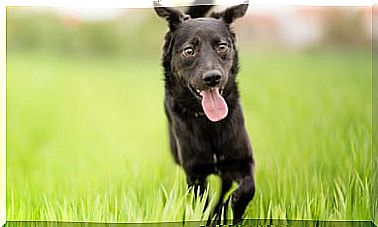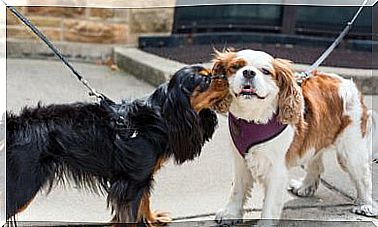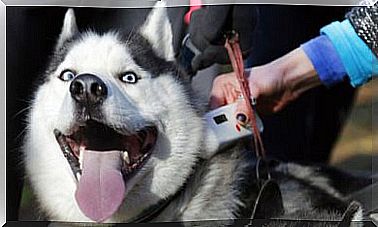Australian Shepherd
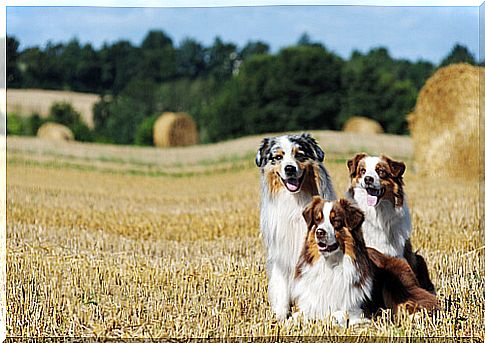
Although this breed emerged in Asturias and the Basque Country, it emigrated together with many people to Australia, and there it developed “with all the letters”. In this article we will tell you all about the Australian Shepherd, a dog used to drive livestock and known for its great intelligence.
History of the Australian Shepherd
Although its name says otherwise, the Australian Shepherd is not from Australia … But it is an excellent shepherd. The origin of the breed begins in Spain, passes through the United States, and then continues in Oceania.
It all started when between the 19th and 20th centuries a group of people migrated from the Iberian Peninsula to the North American West Coast and took their dogs with them to work in fields with sheep. Later they “carry” their pets to Australia, where they also use them to drive sheep.
As it has the ability to adapt to hot or cold climates without problems and to work incessantly, the Australian Shepherd was quickly adopted by the locals. The proliferation of the population did not take long to become visible. In most of the fields there was a Shepherd Shepherd.
Physical characteristics
Regarding its appearance, we can highlight that it is a medium-sized dog (weighs up to 30 kg), with a solid body and a long coat of different colors, white being the usual color for the belly and part of the legs. and black, brown or gray for the coat and face.
Many specimens of this breed have light blue eyes, which earned them the nickname of “ghost-eyed dog.” In some cases, they even have one eye of each color, or even the same iris divided into two tones.
The tail is another of the distinctive characteristics of the Australian Shepherd. It can be short or long and, in the latter case, some owners choose to cut it short. Fortunately, this practice is less and less accepted.
Behavior and character
He is a very energetic dog, like any other working dog, and he always needs to be busy with some task. The Australian Shepherd excels in agility tests, and can spend hours playing with his owner (he loves to catch balls or frisbees).
In addition to being employed in the field for herding sheep, this breed is used for rescue, search, detection, guidance, and various therapies. And above all, it is an excellent companion for a family.
The Australian Shepherd requires moderate to intense exercise on a daily basis, has great instincts and is very obedient. You just need a direct “no” for him to stop what he is doing. Perhaps it is somewhat territorial with other dogs.
With people, this dog is very kind, affectionate, loyal and grateful. Protect property without any hint of fear, but not a lot of barking. It can stay on alert all night if necessary and growl when it senses danger.
He learns very fast and is never bored, because when he is not working or playing, he will invent something to pass the time. It is advisable to have it in a place with enough space for it to run freely, especially in rural areas.
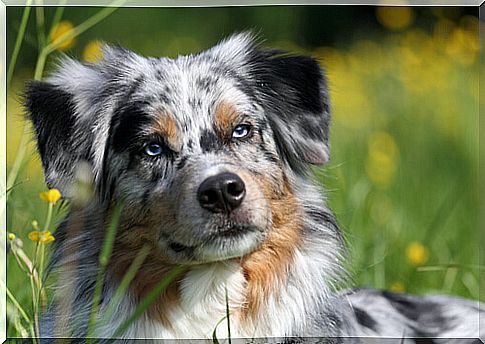
The intelligence of this breed makes it very easy to train from puppyhood. In addition, he will always maintain his “child” spirit, and not because he is a destructive dog, but because of his joy and his desire to play and have fun. It can be very attached to its owners and follow them wherever they go.
Care
Their fur, even if it is long, is not difficult to care for. You will need two weekly brushings to remove dead hair. It is good to know that it is a breed that usually loses a lot of hair, especially at certain times of the year. Bathing him often is not advised.
It requires a lot of exercise, it is not suitable for living in a flat or small house or being isolated in the garden. He loves outdoor activities with the family. Some owners stimulate it with intelligence games.
This Sheepdog can suffer from some hereditary diseases : hip dysplasia, cataracts, eye abnormalities, nasal dermatitis from the sun or epilepsy, among others. Crosses between two blackbird colored specimens (gray and black or cream and liver red speckled mosaic) can cause deaf or blind pups.
